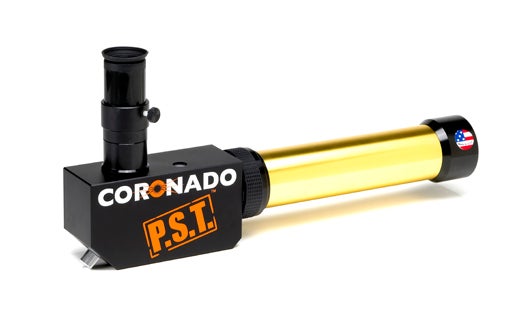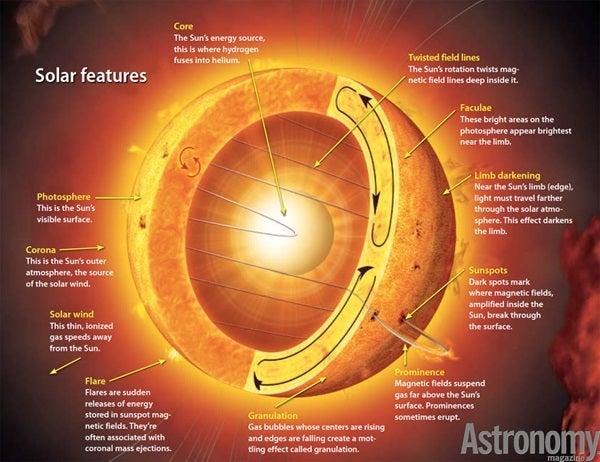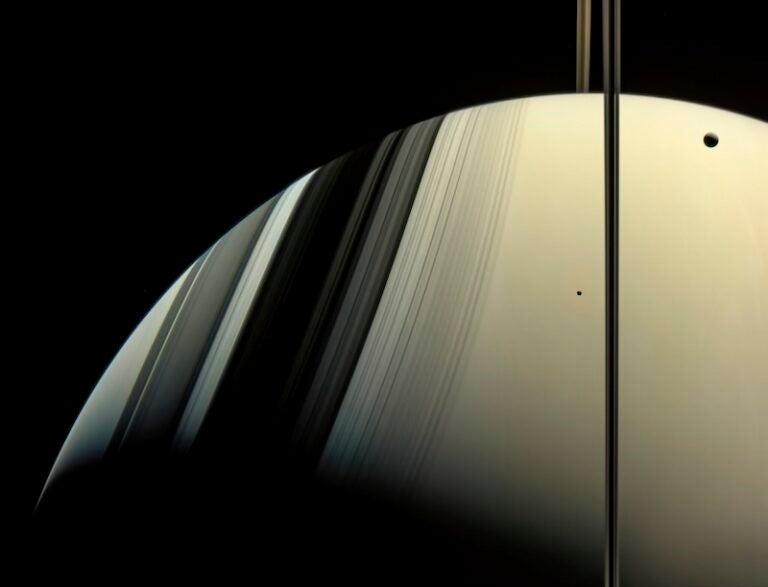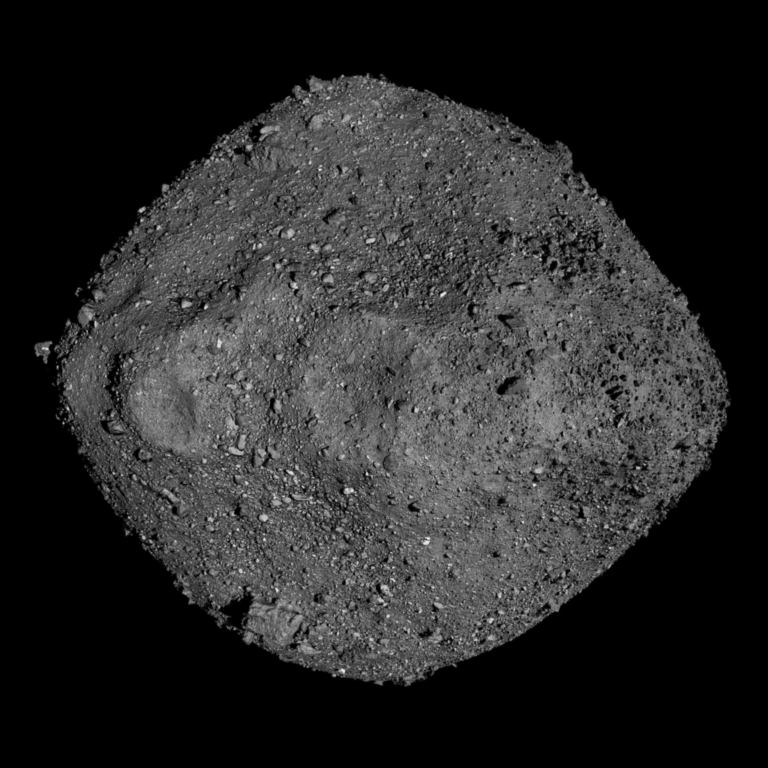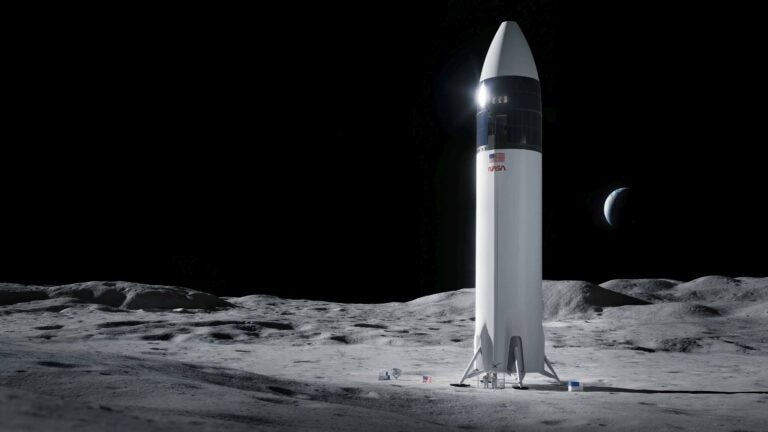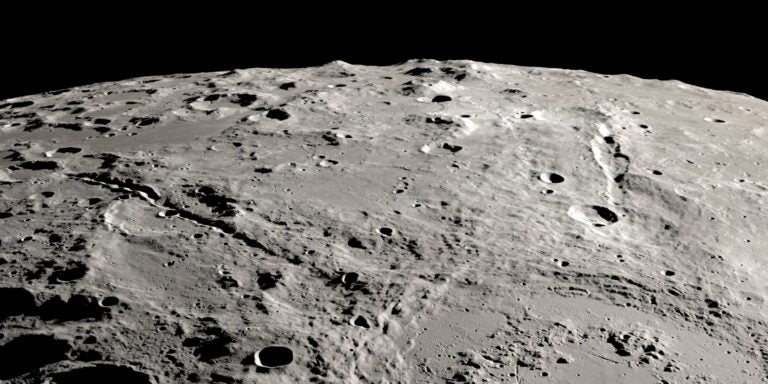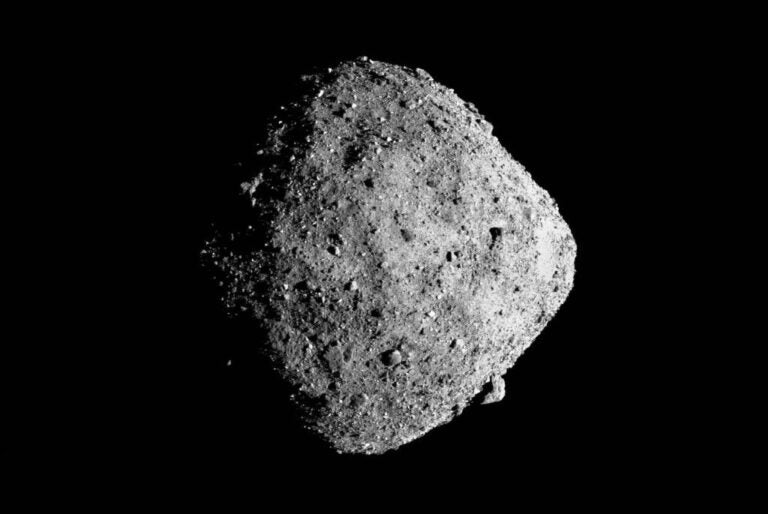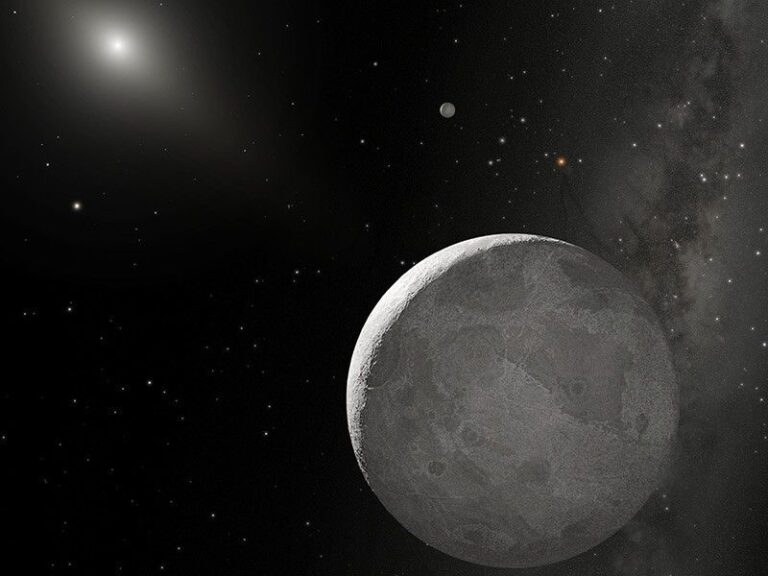This article originally appeared in the April 2008 issue of Astronomy.
The Sun, because it’s the brightest sky object, also is the easiest to observe. Put safety first, and even a small telescope will delight you with high-quality views. Plus, you can make good solar observations even when conditions rule out seeing other celestial objects.
Start with the disk
The photosphere is the Sun’s visible surface and is the lowest observable layer of solar atmosphere. Observing the photosphere is easy through visible-light solar filters.
If the seeing (atmospheric steadiness) is good, you’ll spot granulation, which observers describe as a mottled effect. Vast gas bubbles, whose centers are rising and edges are sinking, create granules. Faculae are bright areas visible on the photosphere. Facula is Latin for “little torch.”
Faculae appear all over the disk, but observers most often see them near the solar limb. There, the contrast between the faculae and the darkened limb is highest.
Finally, look for a phenomenon called limb darkening. We observe limb darkening because the Sun is a sphere. Near what we see as the edge of the solar disk, the light must travel farther through the solar atmosphere. This causes the limb to be dimmer than the rest of the disk.
The chromosphere
The “sphere of color” lies just above the photosphere. Here, hydrogen atoms emit energy called Hydrogen-alpha (Hα) radiation. Hα is reddish-colored light with a wavelength of 656.28 nanometers (nm).
Through an Hα filter, which allows only Hα light through, you’ll see prominences, bright gas clouds ejected from the Sun and shaped by its magnetic field. Prominences appear as spikes, loops, “trees,” detached regions, and more. Prominences look like dark lines silhouetted against the solar disk; astronomers call those lines filaments. Another Hα feature appears as bright areas around sunspots called plages.
Solar explosions
Also best seen through Hα filters, solar flares occur when the Sun’s atmosphere suddenly releases built-up magnetic energy. Solar flares emit radiation storms and are the solar system’s largest explosions.
Astronomers classify flares by how much area they cover at the time of maximum brightness.
Flares range from subflares (smaller than 2 square degrees) to Importance 4 flares, which cover more than 24.8 square degrees. On the Sun, one square degree equals roughly 57 million square miles (150 million square kilometers).
Dark areas in a sea of light
Sunspots, which are features of the photosphere, come in many shapes and sizes, according to the whim of the Sun’s magnetic field. The field traps gas, slowing its motion and making it cooler than the surrounding area on the Sun’s surface.
Usually, sunspots consist of a dark central region called the umbra surrounded by a lighter region known as the penumbra. The penumbra’s temperature is typically 1,800° F (1,000° C) below that of the photosphere, and that of the umbra between 2,700° F (1,500° C) and 3,600° F (2,000° C) cooler than the photosphere.
Roughly every 11 years, solar activity peaks, resulting in greater numbers of sunspots and flares. German astronomer Heinrich Schwabe (1789–1875) discovered the sunspot cycle in 1843. This “11-year cycle” varies from as few as 9.5 to as many as 12.5 years. The start of any given solar cycle is defined as the minimum of solar activity. Since the 19th century, astronomers have recorded sunspot numbers each day.
In 1858, Swiss astronomer Johann Rudolf Wolf (1816–1893) published his formula for determining the daily sunspot number: k(10g + f); where g is the number of sunspot groups; f is the number of individual sunspots; and k is a calibration factor, different for each observer.
One way to observe the Sun is by using an eyepiece to project the Sun’s image. Some observers use an adjustable arm that holds a sheet of paper. Others use a box assembly. A box is a better choice because it darkens the surrounding area and increases contrast. In either case, the sheet of paper displays a 6-inch (150mm) circle — the standard size used by observers worldwide.
Mark the four directions, focus the Sun, and fit it to your circle. If it doesn’t fit, either adjust the eyepiece/paper distance or choose an eyepiece with a different focal length. Don’t use eyepieces with lens elements held together by cement because the Sun’s heat will damage them.
Visual solar filters
A good solar filter is safe — it does not transmit harmful ultraviolet or infrared radiation. It also drops the Sun’s brightness to a comfortable level.
Visible-light filters are either coated glass or optical-quality Mylar. The solar image through Mylar looks pale blue; through glass filters it can appear white, yellow, or orange. Glass filters are more expensive but more durable.
All solar filters fit over a telescope’s objective (front) end. Some cover the entire objective (full-aperture filters), while others have smaller openings offset from center (off-axis filters). Off-axis filters eliminate secondary-mirror obstructions in Newtonian and catadioptric scopes. All solar filters should have round openings. Other shapes introduce distracting patterns.
Never use a solar filter that fits into an eyepiece. Some of these filters have cracked due to heat buildup (and it doesn’t take long) and caused eye damage.
The most common solar filters transmit 0.001 percent of the Sun’s light. This drops the Sun’s brightness by roughly 12.5 magnitudes. Photographic-only solar filters with densities of 3 (7.5-magnitude drop) and 3.5 (8.75-magnitude drop) are also available.
Hydrogen-alpha (Hα) filters
Observing the Sun at the wavelength of Hα light is gaining in popularity. All Hα filters center on 656.3nm. However, such filters have different bandpass widths. The widest of these can be nearly 2 Angstroms (Å) and the narrowest 0.3 Å.
One Angstrom equals 0.1 nanometer. Prominences look great through a 1 Å-bandpass Hα filter, but chromospheric detail is low. Through a filter with a 0.5 Å bandpass, you’ll see lots of chromospheric detail but few prominences. Some Hα filters are tunable; you can shift the bandpass’ central wavelength slightly to either side. Solar observing is addictive. Soon, you’ll find yourself watching the Sun as much as the stars. Don’t forget the sunscreen.

